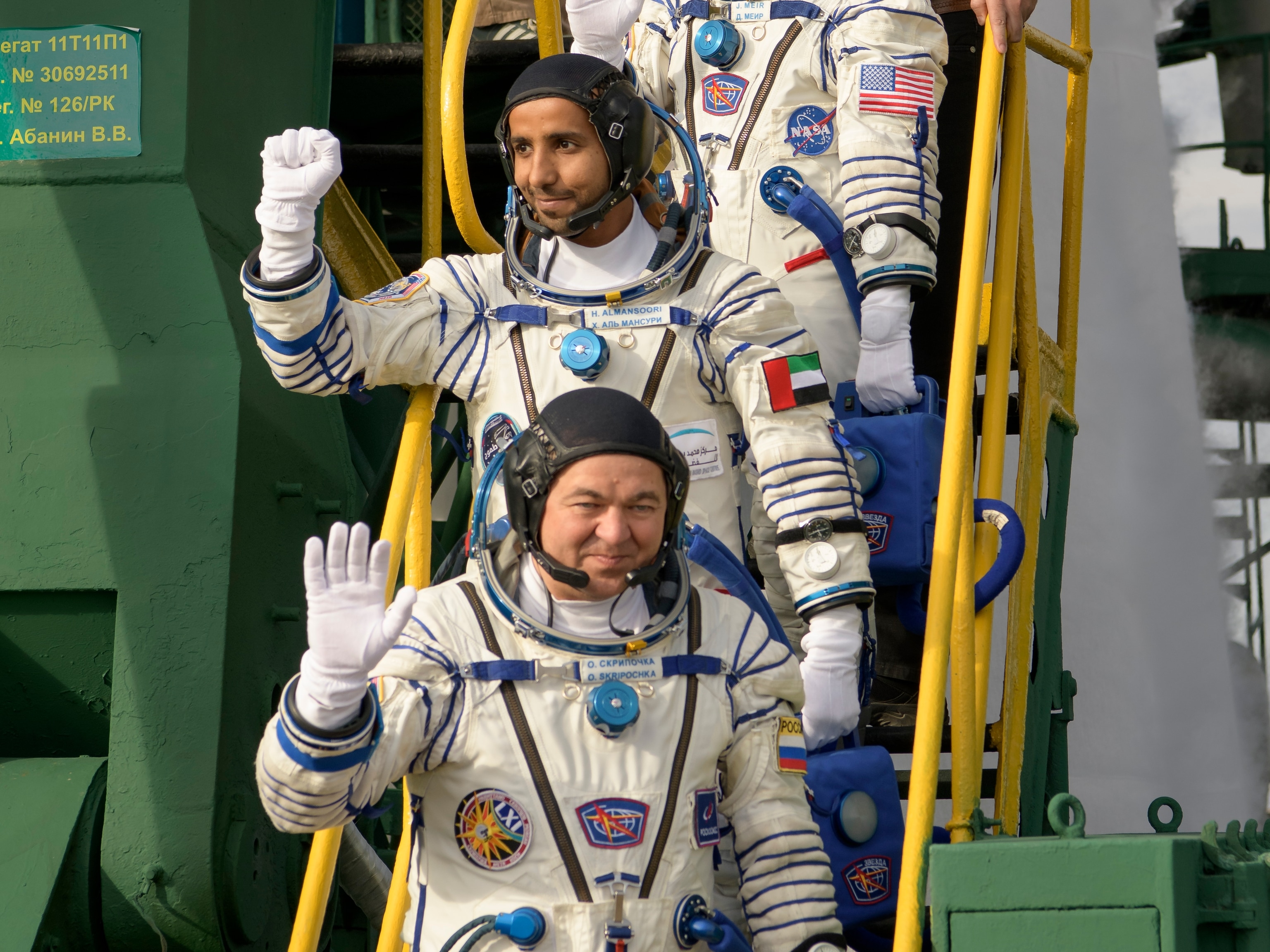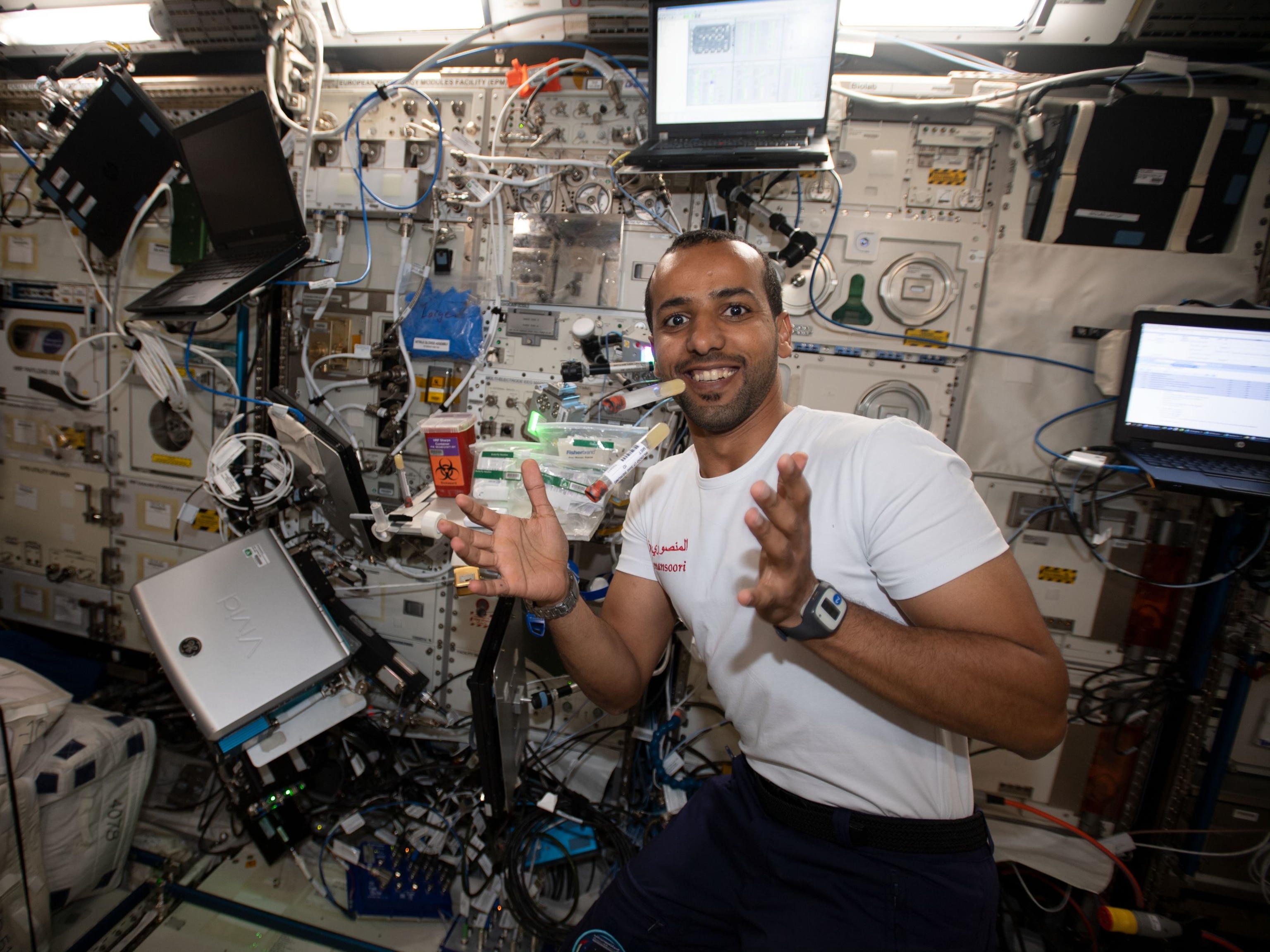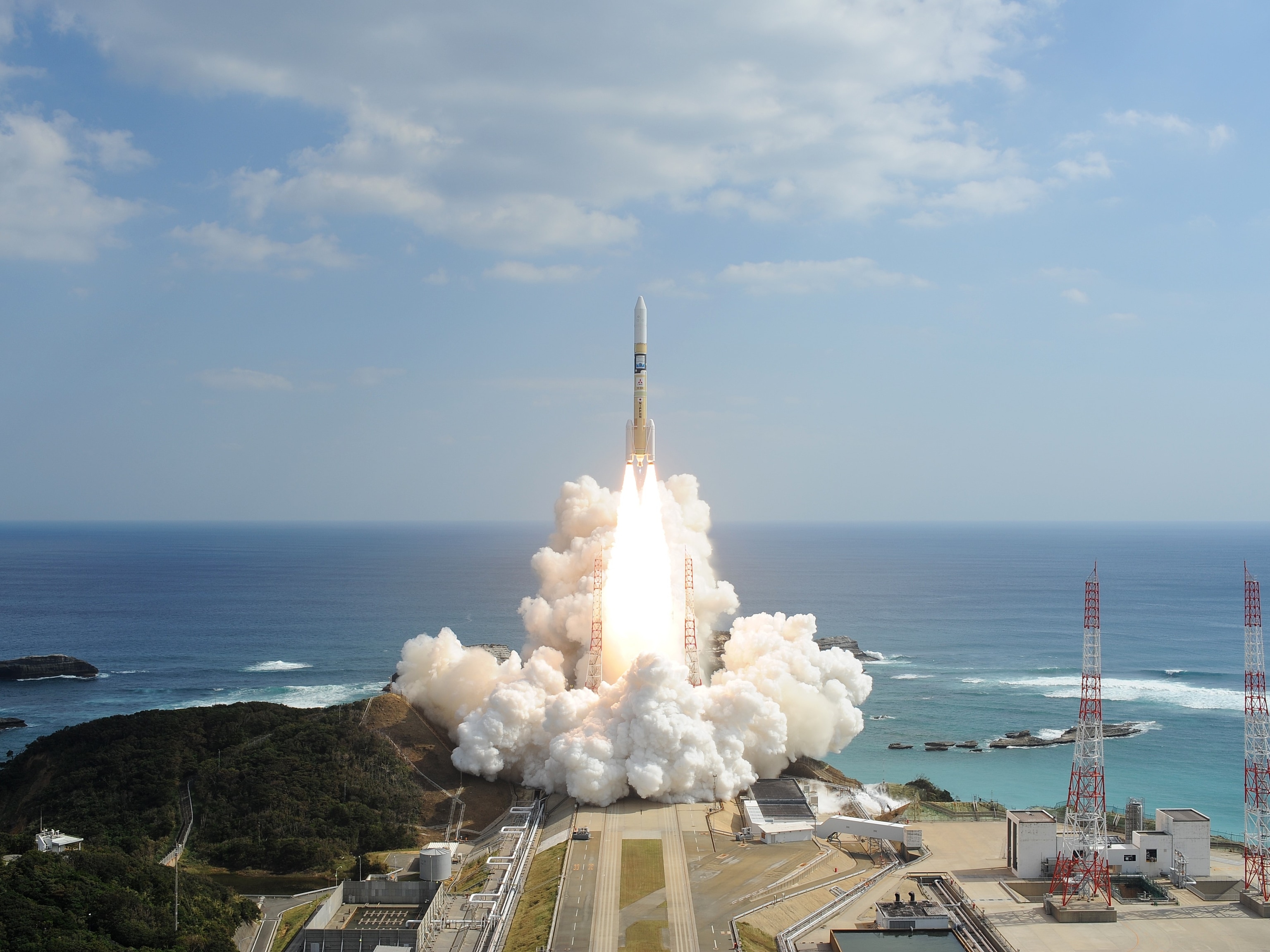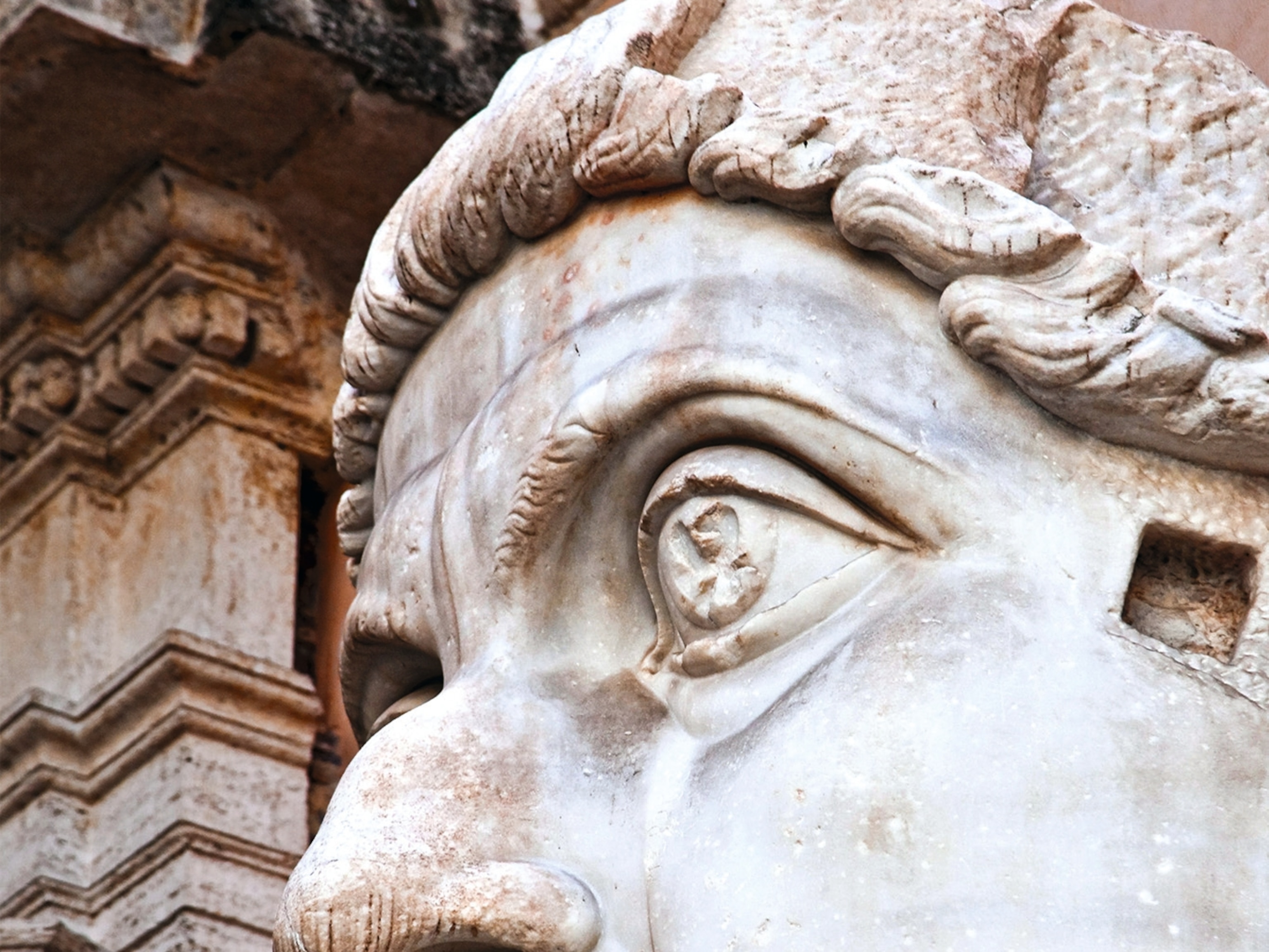On September 25, 2019, Hazzaa AlMansoori, former Emirati F-16 aircraft pilot, will become the first UAE national in space aboard a Russian Soyuz MS-15 spacecraft.
His journey will mark an important milestone in the UAE’s burgeoning space industry, led by the Mohammed Bin Rashid Space Centre (MBRSC).
Fellow Emirati Sultan AlNeyadi is second in line to make the trip to the International Space Station (ISS).
Last September, the pair were announced as the UAE’s first astronauts by Vice President and Prime Minister of the UAE and Ruler of Dubai, His Highness Sheikh Mohammed Bin Rashid Al Maktoum.
Getting to this point has been a journey in itself. According to Assistant Director General for Science and the Technology Sector, and Head of the UAE Astronaut Programme, Salem AlMarri, a battery of tests were used to whittle down a field of thousands of eager applicants.
“We looked at their capabilities in physics, math, science, technology and their knowledge about space”, says AlMarri.
“That took us from 4,022 applicants down to about 400.
“Then we had another process that took us down to the top 95, who went through a grueling medical process. From those we got the top 39, who completed the medical process and who were ready for the one-on-one interviews.”
The 39 candidates then went through another round of tests covering intelligence, aptitude, cognitive ability, personality, and memory.
A total of 18 passed that hurdle, securing themselves a spot in the final interview stage. The remaining elite of 9 hopefuls were then chosen to undergo an assessment by Russian space experts from Roscosmos.
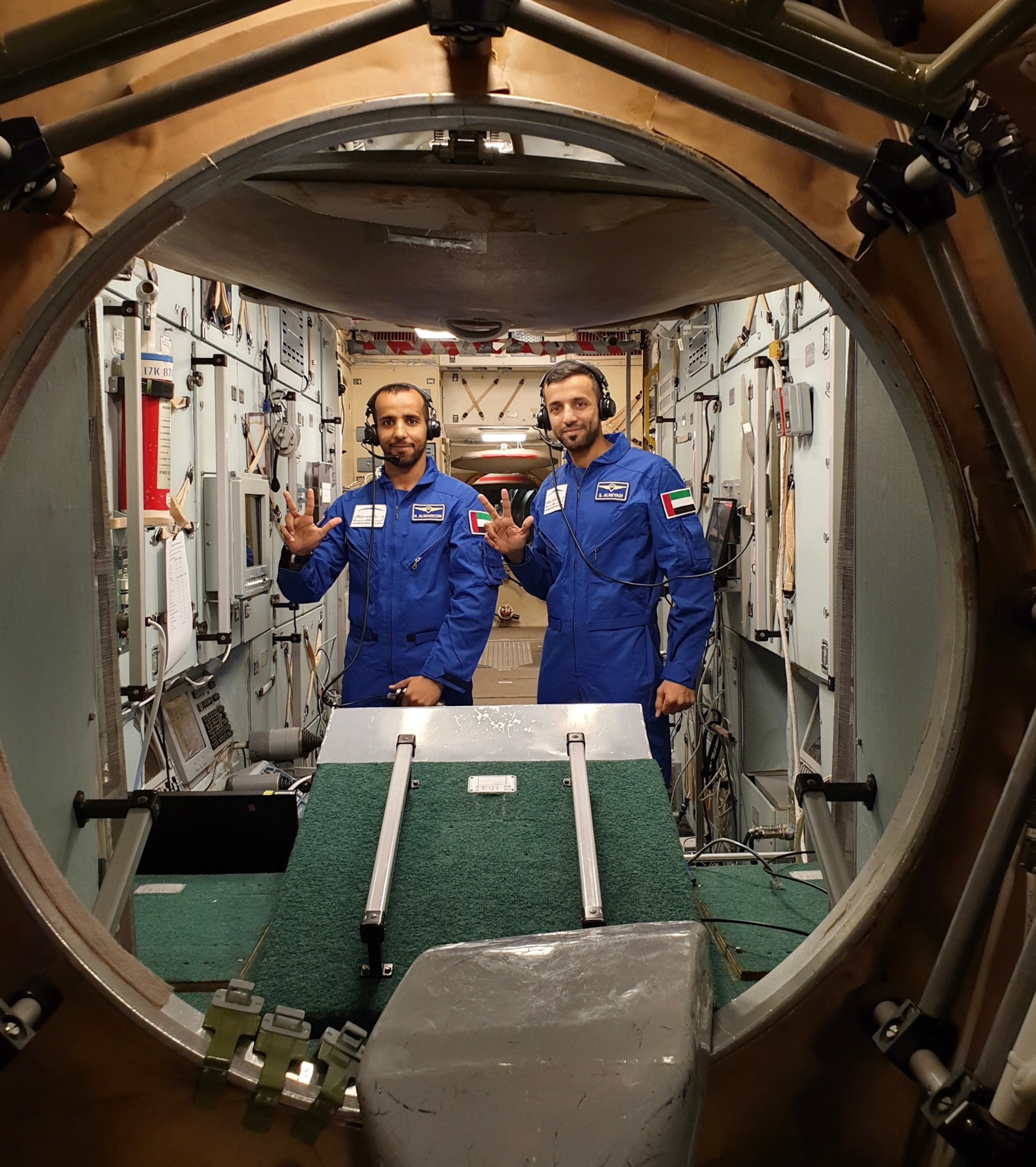
In April of 2019, it was announced AlMansoori, a father of four and graduate from Khalifa bin Zayed Aviation College, will train with the primary team to be blasted to the ISS. The hopes of a young and vibrant nation will go with him.
AlMansoori’s dream of space started at a young age. “I used to stand out in the dunes at night and look up at the stars and wondered how to get there.
“I remember in grade four I saw a book about an Arab astronaut, Prince Sultan bin Salman Al Saud, and I thought that’s it – it’s possible for me.
“That’s why I applied to join the air force – it felt a little bit closer to the stars.”
Preparing for the journey
AlNeyadi, an information technology PhD will be part of the backup crew. Both astronauts continue to participate in a rigorous training regime at the Yuri Gagarin Cosmonaut Training Centre (GCTC) in Russia.
The program includes parabolic flight training where both astronauts practice donning the 10kg Sokol space suit for 25 to 30 seconds in a microgravity environment, as well as sessions in a huge centrifuge to ready them for the high g-forces of launch and re-entry.
Winter survival training, meanwhile, taught the astronauts how to stay alive in the brutal Russian winter in case they land in an unexpected location. They have also learned how to get out of a damaged capsule and build two types of shelters utilizing available resources.
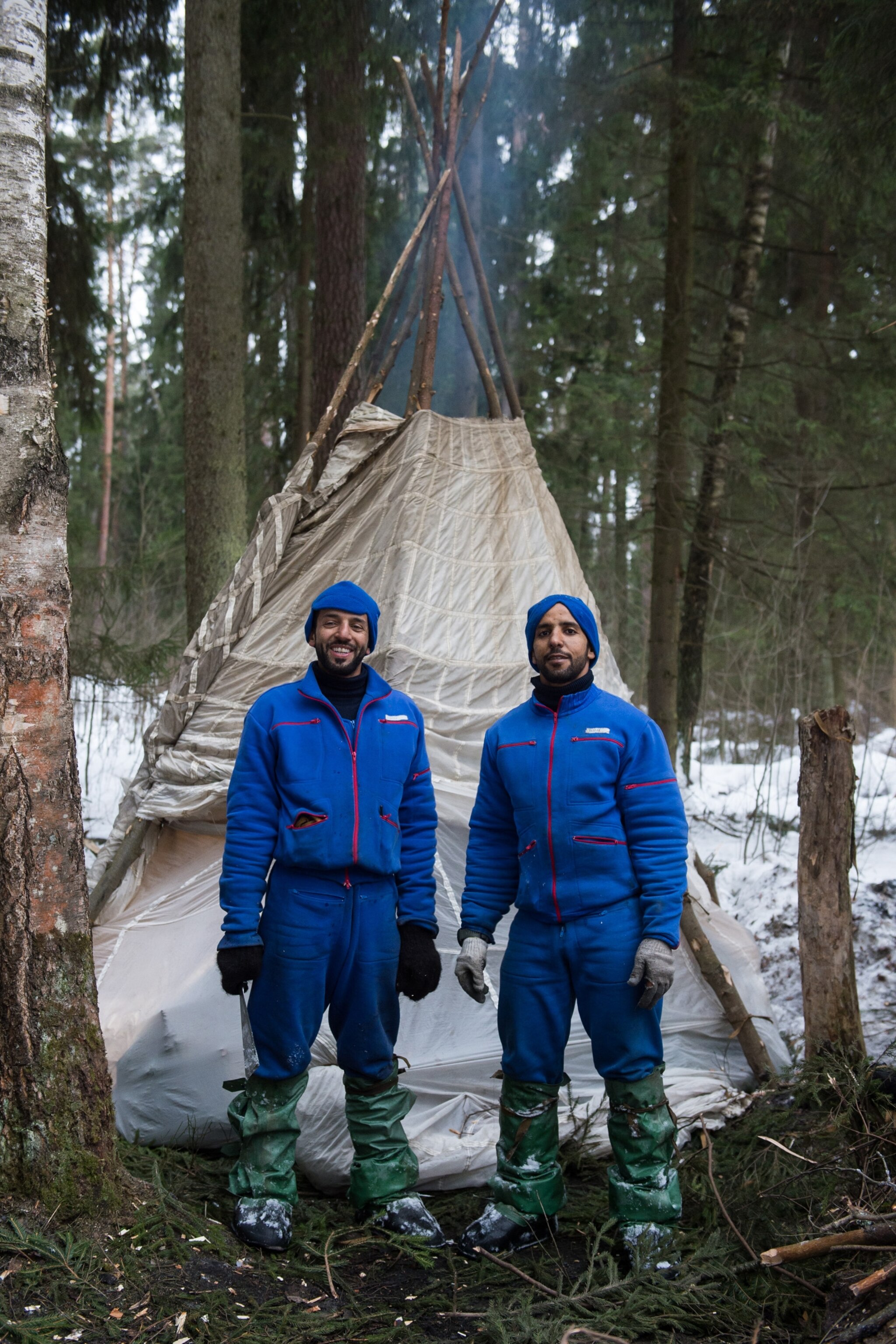
The pair have also applied themselves to learning the incredibly complex systems inside the Soyuz capsule, including the hyper-critical Launch Escape System (LES) which the crew would use to separate the capsule from the rocket in the event of an emergency.
In October 2018, Russia was forced to abort a Soyuz rocket mission shortly after launch due to a technical fault. Fortunately, the crew members on board returned to Earth safely.
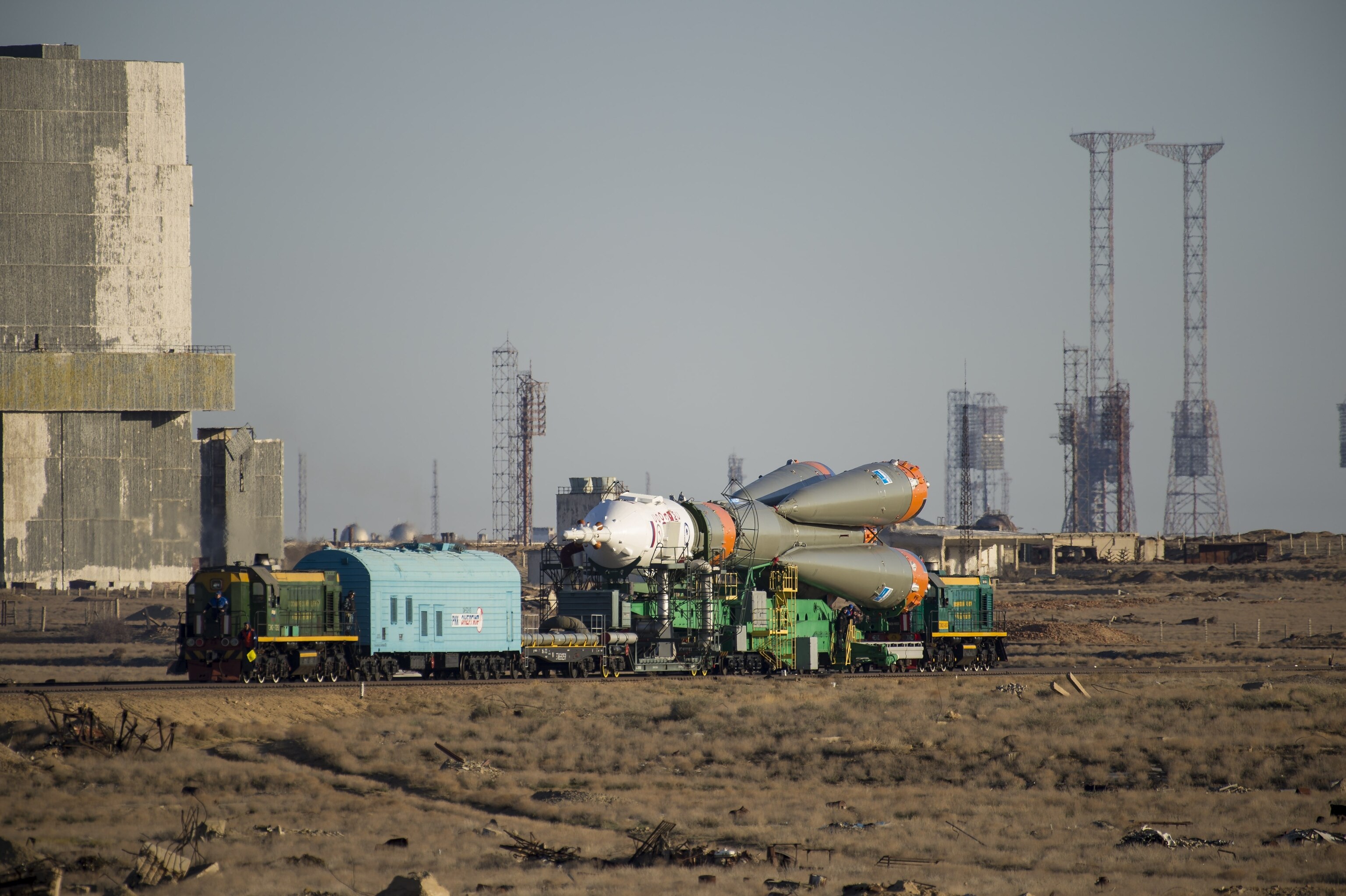
It was one of the few incidents the stalwart Russian launch vehicle – the workhorse of Russia’s space program - has suffered.
Despite the setback, AlNeyadi is not deterred by the risks involved in space travel.
“The LES is an incredibly reliable and complex system… even just before launch you have the ability to escape.
“Space is a tricky business and accidents can happen, but you have to trust in your knowledge and the equipment,” AlNeyadi says.
Important work in orbit
During his eight-day stay aboard the ISS, AlMansoori will study the impact of microgravity in 15 experiments that have been selected based on MBRSC’s ‘Science in Space’ competition, which involves schools in the UAE in the process of preparing experiments for space. Students will also conduct the same experiments on earth to compare the results with those done in space.
Moreover, the reaction of the human body to space will be studied before and after the trip, the first time this kind of research will be done on an astronaut from the region. This is on top of the existing scientific missions assigned to AlMansoori whilst on the ISS’s, using on-board laboratories.
AlMansoori says he hopes to inspire the nation by hoisting the UAE flag inside the International Space Station when he comes aboard.
“It will be a great honor to be the first Emirati astronaut to reach the ISS,” he says.
“I applied for the program because I had a dream as a boy and our leaders encourage us to achieve our dreams.”
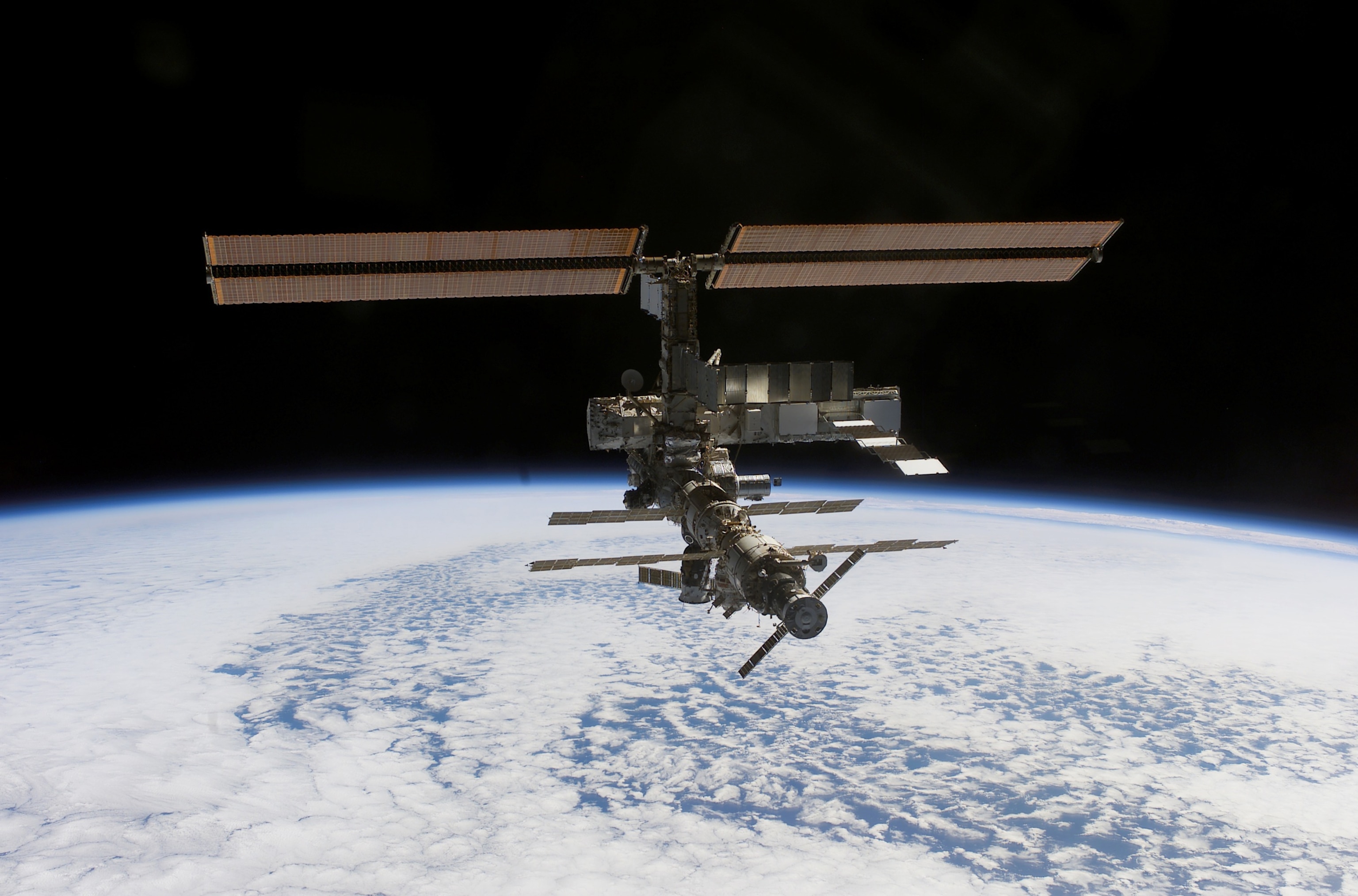
Discover more about the UAE’s Mohammed Bin Rashid Space Centre and their planned space missions on our Reach for the Stars content hub.


